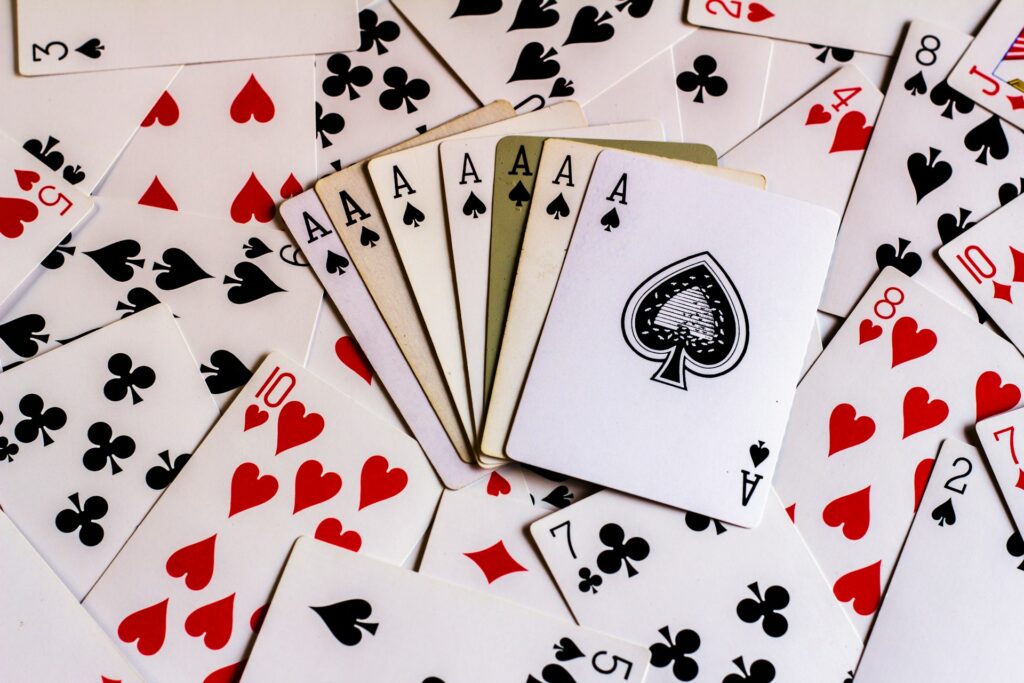Let’s be honest. The modern workplace can be a grind. Screens demand our constant focus. The line between the office and home has completely vanished for many. This “always-on” culture creates a unique kind of exhaustion. It drains your energy and dims your passion. This is the reality of employee burnout.
But a powerful and counterintuitive solution is gaining traction. It is called the creative sprint. Forget another mandatory seminar. This is a practical, team-based ritual. It fights mental fatigue with focused bursts of pure innovation. These sprints rebuild enthusiasm from the inside out. They restore a vital sense of purpose and play.
Let’s dive into the mechanics of these digital habits. They are creating healthier, happier, and more resilient teams.
What Exactly Is a Creative Sprint?
Imagine a short, protected block of time. Normal work duties are put completely on hold. Teams gather to focus on a single, non-client project. They might explore a wild new idea. They could solve a lingering internal problem. They often build a fun, rough prototype. A sprint might last a tight 90 minutes. It could be a dedicated half-day every month.
The primary goal is unfiltered creation. There are no strict corporate rules here. There is absolutely no fear of failure. This intellectual freedom is the entire point. It acts as a mental reset button for everyone involved. It is a scheduled reminder that work can feel like play.
The Magic of Themed Sprints
Telling people to “be creative” is often too vague. Themed sprints provide a necessary and helpful container. The leader chooses a specific, intriguing challenge for the team. For example, “How can we cut our meeting time in half?” Another theme could be “Design a tiny feature that would simply delight one user.”
This clear focus prevents ambiguity and wasted time. It gives the brain a delicious puzzle to solve. Everyone understands the mission from the very beginning. This structure makes it incredibly easy to jump in. Contributors can start sharing ideas almost immediately.
Building a Culture of Psychological Safety
A creative sprint fails without psychological safety. Team members must share half-formed ideas without any judgment. Leaders must actively foster this environment. This core principle of trust and safety should extend to all parts of a modern company. A truly supportive culture values employee well-being in a holistic way.
This means respecting personal time and boundaries. It means investing in proper ergonomic workstations. It could even mean normalizing open conversations about stress management. This includes discussing various tools for mental and physical wellness, from meditation apps to the thoughtful, de-stigmatized inclusion of personal care products, such as a male masturbator, for managing everyday tension. When an organization acknowledges the whole human being, employees feel genuinely seen and valued.
The Digital Toolbox for Connection
Creative sprints frequently happen in remote or hybrid settings. The right digital tools are not just helpful; they are essential. Use a collaborative whiteboard like Miro or FigJam. This becomes your team’s shared digital canvas. Use a quick video platform like Zoom for face-to-face energy and non-verbal cues. A dedicated chat channel in Slack or Teams keeps the side conversations and excitement flowing.
These technologies successfully mimic the dynamic energy of a physical war room. They ensure every single person can participate fully. Location becomes completely irrelevant to the creative process.
The “No Criticism” Zone Rule
This is arguably the most non-negotiable rule. The initial brainstorming phase is sacred ground. All criticism is strictly forbidden. No idea is too silly, too expensive, or too weird. This simple rule liberates the team’s collective creativity. It effectively shuts down everyone’s inner critic. It allows truly groundbreaking concepts to surface for the first time.
People feel a surge of confidence. They propose solutions they would normally keep to themselves. The most brilliant ideas often emerge from these seemingly “ridiculous” starting points.
From Idea to Tangible Prototype
A sprint should move beyond just talk. The goal is to create something tangible. This is where the magic becomes visible. Teams should build a quick sketch. They can create a rough mock-up. They might draft a sample script for a new process.

This “making” phase is deeply satisfying. It transforms abstract ideas into something the team can see and feel. This tangible result is what gets presented later. It provides concrete proof of what the team can accomplish in a short, focused burst.
Show and Tell: Making Work Visible
Every sprint must end with a share-out session. Each team briefly presents their creation to the wider group. This is not a formal business review with tough questions. It is a celebratory and lighthearted show-and-tell.
This final ritual is crucial for several reasons. It provides a clear sense of closure for the team. It gives everyone a genuine feeling of pride and accomplishment. Most importantly, it makes their creative work visible to the entire organization. This recognition is a powerful antidote to the feeling that daily work is a meaningless grind.
Conclusion: More Than a Break, A Recharge
Creative sprints are far more than a simple fun distraction. They are a strategic ritual for mental renewal. They actively prevent burnout by deliberately reintroducing play and autonomy. They combat creative stagnation with a jolt of focused innovation. They remind employees why they fell in love with their work in the first place.
The positive energy from a single successful sprint spills over into regular projects. It improves overall morale for days and weeks afterward. It builds a more resilient, connected, and courageous team. In the final analysis, these digital rituals are not an unnecessary cost. They are a vital investment in your company’s most important asset: its people.


